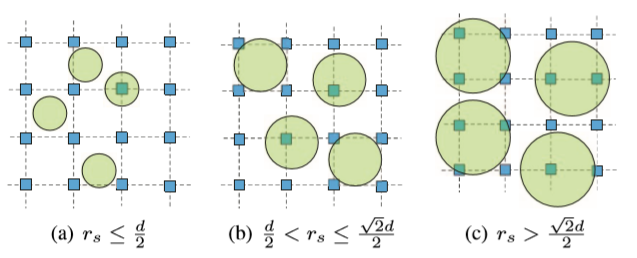On UAV-assisted Data Acquisition for Underwater IoT in Aquaculture Surveillance
Underwater exploration activities have grown significantly due to the proliferation of underwater Internet of Things (UIoT). Recently, UIoT can potentially be used in fishing and aquaculture for environment surveillance such as water quality and temperature monitoring. UIoT nodes are distributed in the aquaculture region (i.e., under the water) to collect sensor data (i.e., surveillance data). However, to transmit sensor data from UIoT to remote onshore data processing center requires huge cost of deploying and maintaining communication infrastructures. In this paper, we propose an Unmanned Aerial Vehicles (UAVs)-assisted underwater data acquisition scheme by placing multiple sink nodes on the water surface to serve as intermediate relays between underwater sensors (IoT nodes) and UAVs. In our scheme, the sensor data is first transmitted via an acoustic-signal link to a buoyant sink node, which then forwards the data to a UAV via an electromagnetic link. In particular, we adopt a random placement of sink nodes. Since the path connectivity from an underwater sensor node to the UAV is crucial to guarantee reliable data acquisition tasks, we establish a theoretical framework to analyze the path connectivity via the intermediate sink node. Extensive simulation results validate the accuracy of the proposed analytical model. Moreover, our results also reveal the relationship between the path connectivity and other factors, such as sink node placements, antenna beamwidth of UAVs and wind speed.


Leave a Reply